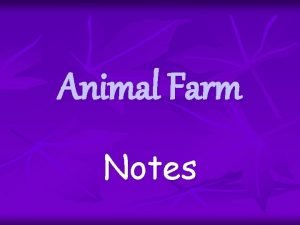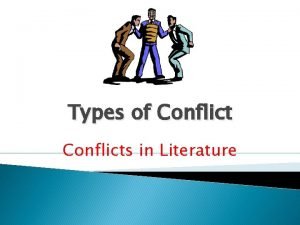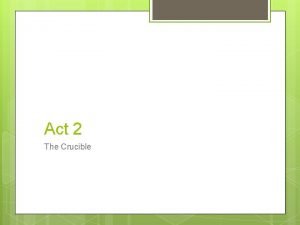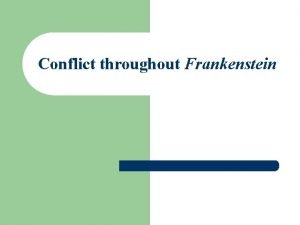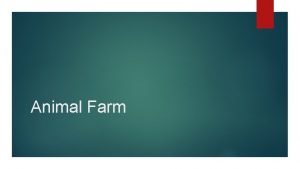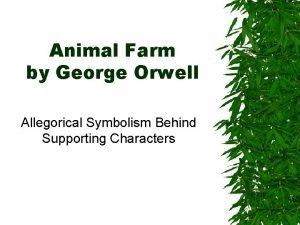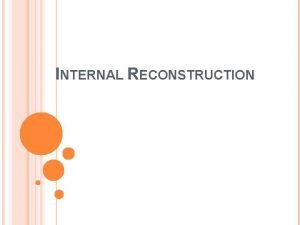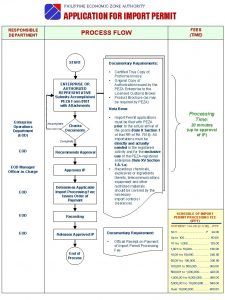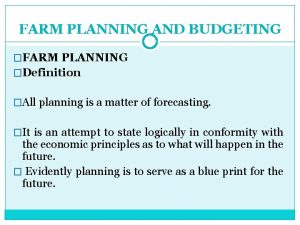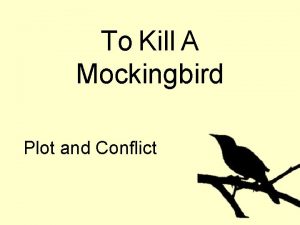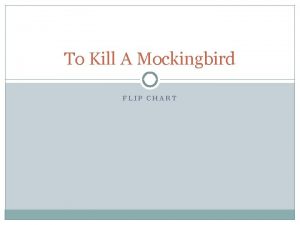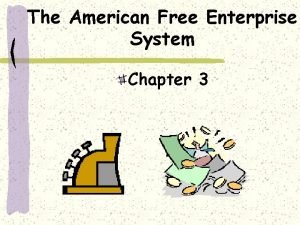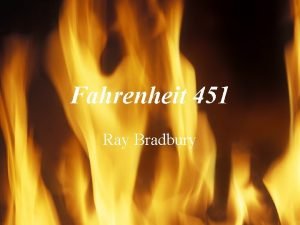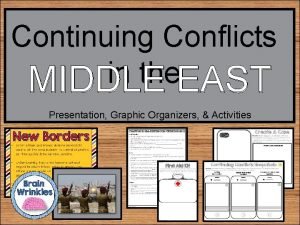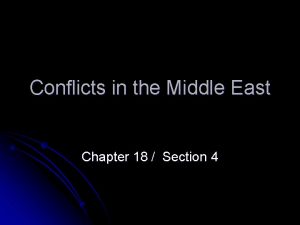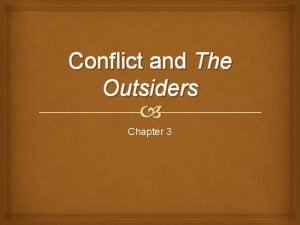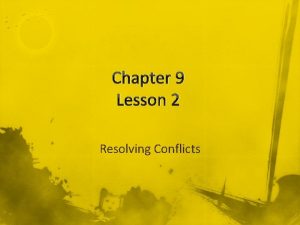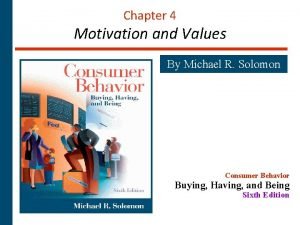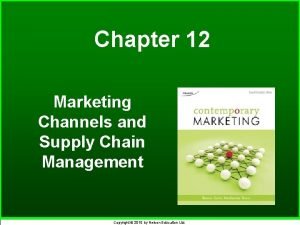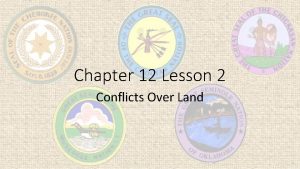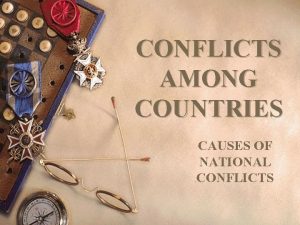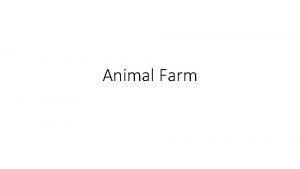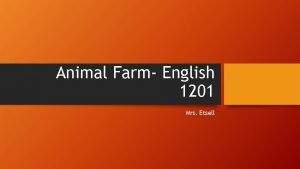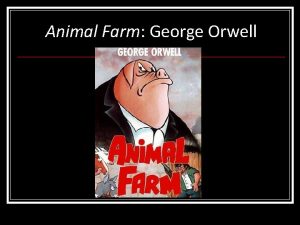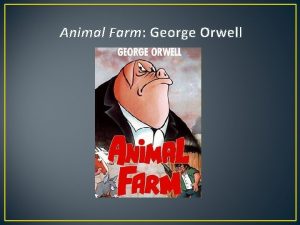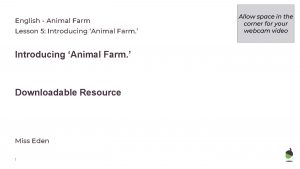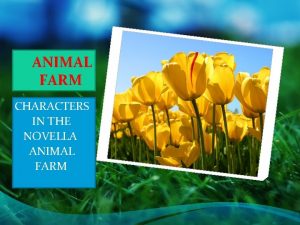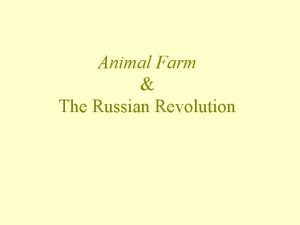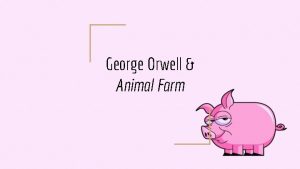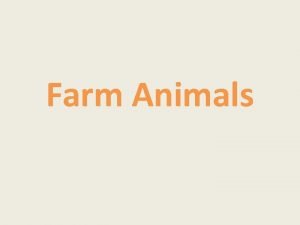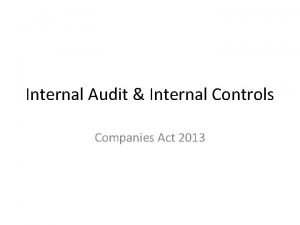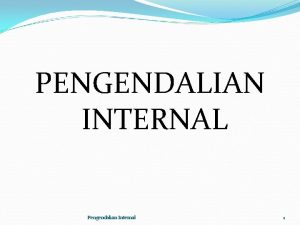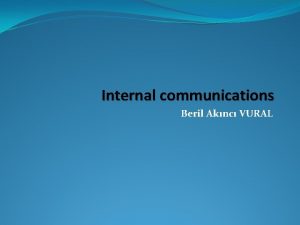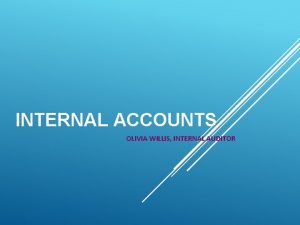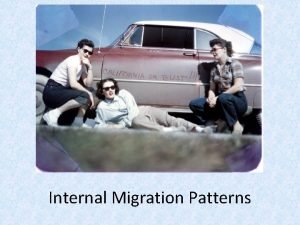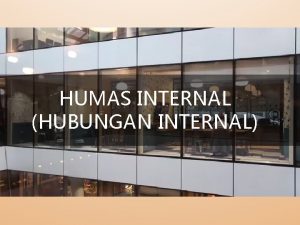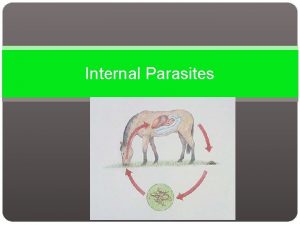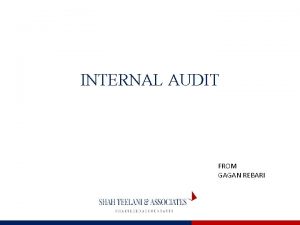Animal Farm Notes Internal Conflicts in Animal Farm



























- Slides: 27

Animal Farm Notes

Internal Conflicts in Animal Farm n There is a lack of internal conflict among animals whose doubts and disillusions are so easily smoothed over.

External Conflicts in Animal Farm n Conflicts exist between the animals, nbetween the animals and the humans, and nbetween the animals and the elements. n

Major Conflicts The animals vs. Mr. Jones n Snowball vs. Napoleon n Common animals vs. the pigs n Animal Farm vs. the neighboring farms n

All of them are the expressions of underlying tension between the exploited and exploiting classes and between the lofty ideals and harsh realities of socialism.

Animal Farm as an Allegory Represents Russia’s political history from around 1917 to 1943. n

Begins with the Russian Revolution then follows the establishment of the Soviet Union and the descent of a revolutionary ideal into a repressive regime. n

Most locations can be transplanted into the historical context of Animal Farm. n Animal Farm = Russia n Mr. Jones = Czar Nicholas II n Old Major = Vladimir Lenin n Snowball = Leon Trotsky n Napoleon = Joseph Stalin (revolutionary who becomes dictator) n

Mr. Frederick = Adolf Hitler (or Germany) n Mr. Pilkington = Winston Churchill (Britain) n Pigs = privileged class (Bolsheviks or Reds) n Farmhouse = the Kremlin (originally the palace of the Czars which becomes the center of the Soviet government) n

The Rebellion = the October Revolution n Squealer = Pravda, the official newspaper of Communist propaganda n Boxer = the loyal workers, also known as the proletariat n “Beasts of England” = “L’Internationale” n The wild animals = the muzhiks, or peasants n

Moses = Russian Orthodox Church n Mollie = the White Russians (the opposition to the Bolsheviks or Reds) n Hoof and horn flag = hammer and sickle flag of the soviet Union n The Battle of the Cowshed = the Allied invasion of 1918 -1919 n

The trials of the animals = Moscow Purge Trials, 1936 through 1938 n The windmill = the fiveyear plans n The 9 dogs = the Cheka, or secret police n Revolt of the hens = peasant revolts in 1920 n

Karl Marx n Journalist who wrote The Communist Manifesto, a pamphlet outlining Marx’s ideas about government and economics, including his belief that pure communism would be the inevitable outcome of human history.

Karl Marx cont’d To summarize a major tenet of his philosophy, Marx stated, n “From each according to his abilities, to each according to his need. ” n

What led to the Russian Revolution? The writings of Karl Marx n Increasing economic hardship n The injustices of the czars which inspired widespread revolting n

Details of the Russian Revolution n On March 15, 1917, Czar Nicholas II was overthrown and later executed along with his family, and a provisional government of revolutionaries assumed leadership.

n 7 months later, the Bolsheviks, led by Vladimir Lenin, overthrew this provisional government. They renamed themselves the Russian Communist Party (otherwise known as the Reds)

After Lenin died A power struggle began between Leon Trotsky and Joseph Stalin n

Leon Trotsky Strict Marxist n Talented party organizer who played an important role in the Russian Revolution n Following a struggle, he was exiled in 1928. n

Joseph Stalin Secretary general of the Communist Party n Favored a modified form of Marxism n After skillful maneuvering, became dictator of the Soviet Union. n

Stalin Continued His men later assassinated Trotsky in Mexico. n Instituted a totalitarian dictatorship and a series of 5 -year plans to increase economic growth. n

n Ordered the collective farms to give most of their products to the government for export to raise money for his program of Soviet industrialization.

n Nearly 8 million people who were thought to be disloyal were arrested, tried, and sent off to labor camps, deported or executed.

Themes of Animal Farm 1. The corruptive nature of power. Orwell shows how both the leaders and the followers in a society can act in ways that destroy freedom and equality. This theme is best seen when Napoleon becomes a tyrant more oppressive than Mr. Jones.

2. The oppressed tightening the noose of oppression. Orwell illustrates the limiting of individual freedom through the ignorance, inertia, or misplaced loyalty of the animals. This is best seen through Boxer, who proclaims, “If Comrade Napoleon says it, it must be right. ”

3. Tyranny distorting history and language. n Orwell shows how propaganda techniques like those practiced by Squealer and accepted by the animals are used to justify a tyrant’s decisions and actions.

n It undermines people’s faith in their own judgment so they become willing to accept tyrant’s explanations uncritically.
 What is the conflict in animal farm
What is the conflict in animal farm Types of conflicts in literature
Types of conflicts in literature Conflict in act 2 of the crucible
Conflict in act 2 of the crucible Internal conflict in frankenstein
Internal conflict in frankenstein Animal farm summary chapter 1
Animal farm summary chapter 1 What was the problem with the farm tools in animal farm
What was the problem with the farm tools in animal farm Pinchfield farm
Pinchfield farm Wisc
Wisc Alteration of share capital
Alteration of share capital Internal control principles
Internal control principles Features of vouching
Features of vouching Peza form 8105 sample
Peza form 8105 sample Steps of farm planning
Steps of farm planning To kill a mockingbird resolution
To kill a mockingbird resolution To kill a mockingbird climax
To kill a mockingbird climax Lesson 1 american free enterprise capitalism
Lesson 1 american free enterprise capitalism Structural conflict
Structural conflict External conflict in the veldt
External conflict in the veldt Conflicts in the middle east comprehension check
Conflicts in the middle east comprehension check Chapter 18 section 4 conflicts in the middle east
Chapter 18 section 4 conflicts in the middle east Outsiders chapter 3
Outsiders chapter 3 Chapter 9 resolving conflicts and preventing violence
Chapter 9 resolving conflicts and preventing violence Chapter 9 lesson 2 resolving conflicts
Chapter 9 lesson 2 resolving conflicts Four basic types of motivational conflict
Four basic types of motivational conflict Horizontal conflicts
Horizontal conflicts Brainpop seminole wars
Brainpop seminole wars Behavioral processes in marketing channels
Behavioral processes in marketing channels Literary conflict
Literary conflict
